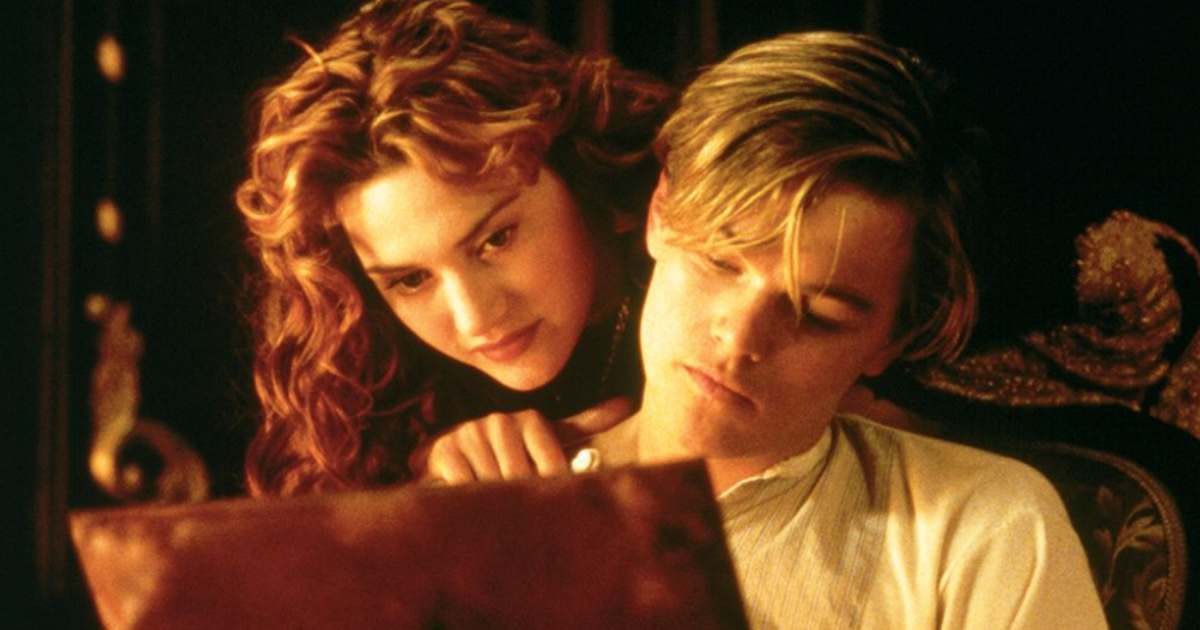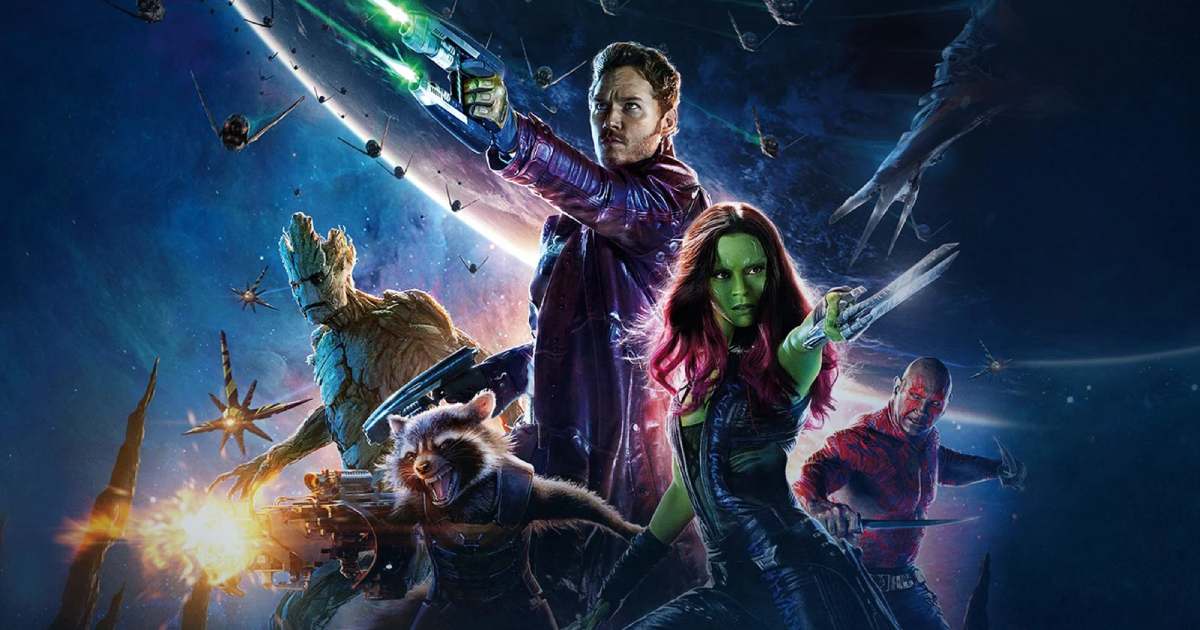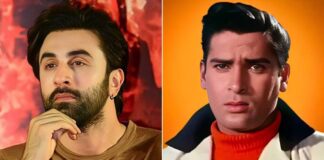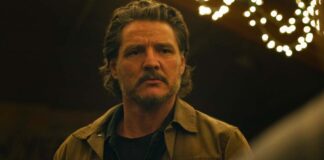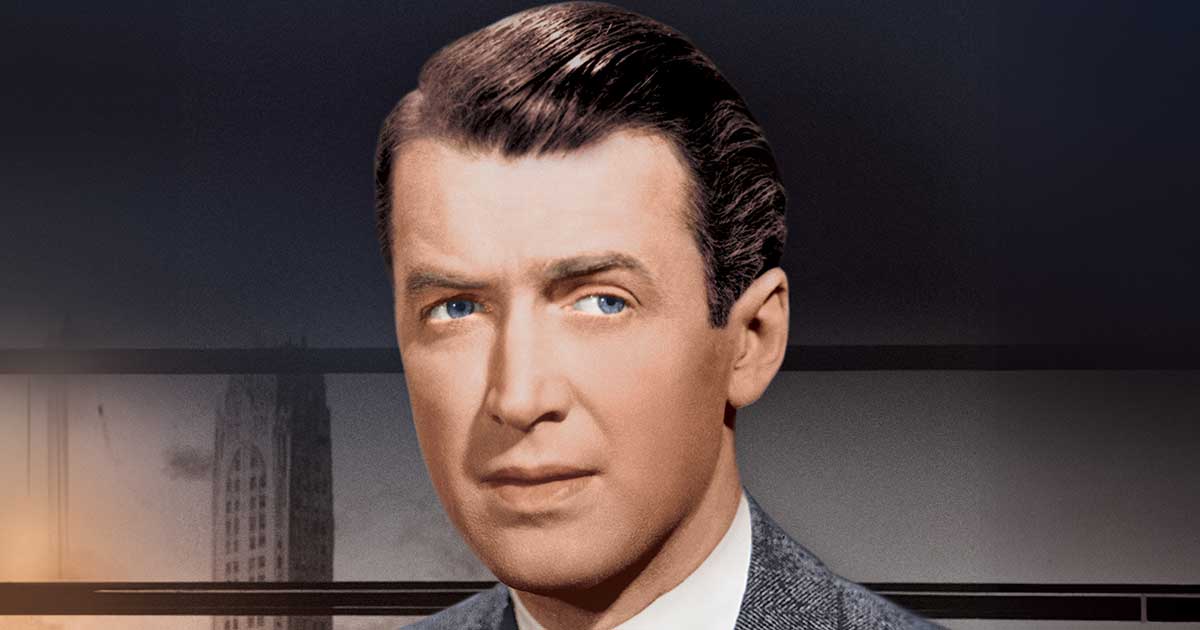
Alfred Hitchcock didn’t just dip his toe into controversy in 1948, he swan-dived headfirst with Rope, a film that defied censors and delighted LGBTQ+ or queer-coded cinema devotees long before the industry knew what to make of either. Behind the curtain of this tightly wound thriller was a project laced with queerness, and a kind of narrative tension that burned through the glossy restrictions of the Hays Code like acid through celluloid.
Rope: A Story of Murder, Subtext, and Hidden Desires
Hitchcock’s first Technicolor film might have looked vibrant on the surface, but its real color came from what wasn’t being said. Beneath the elegant frames and champagne-drenched dialogue sat a story lifted from the bones of a real-life murder, with threads of queerness sewn in so tightly that even the censor boards couldn’t yank them loose.
Rope, inspired by the chilling case of Leopold and Loeb, two privileged young men who committed a murder for sport, quietly mirrored their relationship with a pair of fictional killers, portrayed with eerie elegance by John Dall and Farley Granger, both queer actors themselves. Their onscreen chemistry didn’t just feel intimate, it crackled with tension and something unmistakably coded. (via Screenrant)
Trending
Crafting the Queer Narrative
Arthur Laurents, the openly gay writer behind the screenplay, knew how to play the game. He slipped his lines past the censors with the kind of careful precision only someone used to writing under surveillance could manage. The original British play may have worn its queerness more openly, but Laurents twisted the adaptation just enough to keep the soul intact while flying under the radar.
Hitchcock didn’t stumble into this but carefully orchestrated it. From the deliberate casting of queer actors to the whispered domestic dynamics between killers Brandon and Phillip, every move was calculated.He even tried to get Cary Grant for Jimmy Stewart’s role, which would have only added more layers to the queer energy vibrating beneath the surface. Grant declined, and Stewart, though not queer, carried the role with his usual gravitas. Still, it’s hard not to imagine how different the film might have felt with Grant’s refined ambiguity shaping the moral center.
It wasn’t just the actors or the script, though. Francis Poulenc’s music quietly underscored the mood with an elegance that matched the film’s hushed rebellion. Poulenc, another queer artist, didn’t need loud fanfare to make his mark. The music ends after the opening credits, letting the tension build in a room where the body of a murdered man sits hidden in a chest.
Alfred Hitchcock’s Unintended Legacy
The impact Rope had can’t be overstated. At a time when the Hays Code forbade even a whiff of “sex perversion,” Hitchcock delivered a film that smuggled queerness into America’s theaters wrapped in wit and elegance. Audiences may not have had the vocabulary for it then, but the message was whispered in the spaces between dialogue.
In the decades since, Rope has earned its place in queer film studies not just as a historical footnote, but as a touchstone and a sly act of rebellion that dared to show what others only hinted at.
Hitchcock would return to these themes in Strangers on a Train, another tension-soaked dance of desire and dread, but Rope was the shot fired in the dark.
For more such stories, check out Hollywood
Must Read: The Accountant 2 Ending Explained: What Happens To Ben Affleck & Jon Bernthal’s Wolff Brothers?
Follow Us: Facebook | Instagram | Twitter | YouTube | Google News



 Follow Us
Follow Us